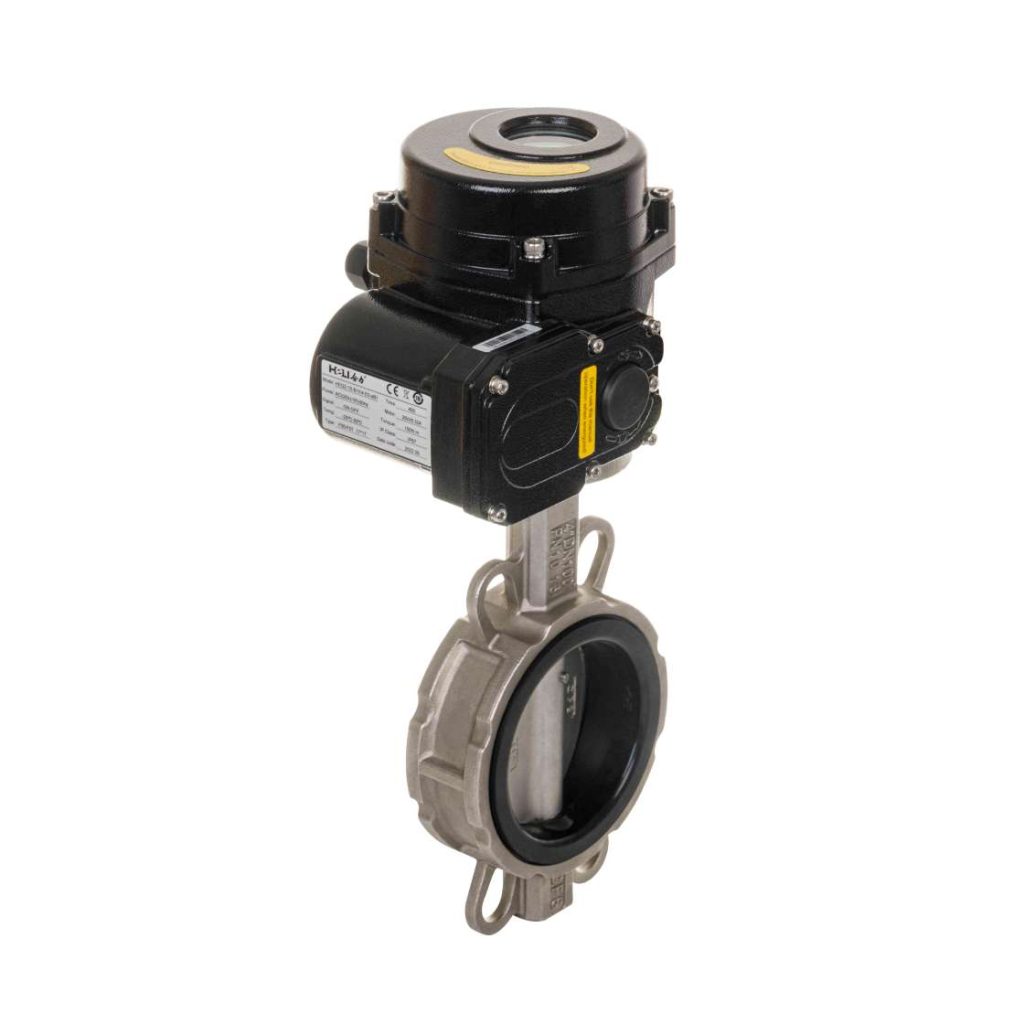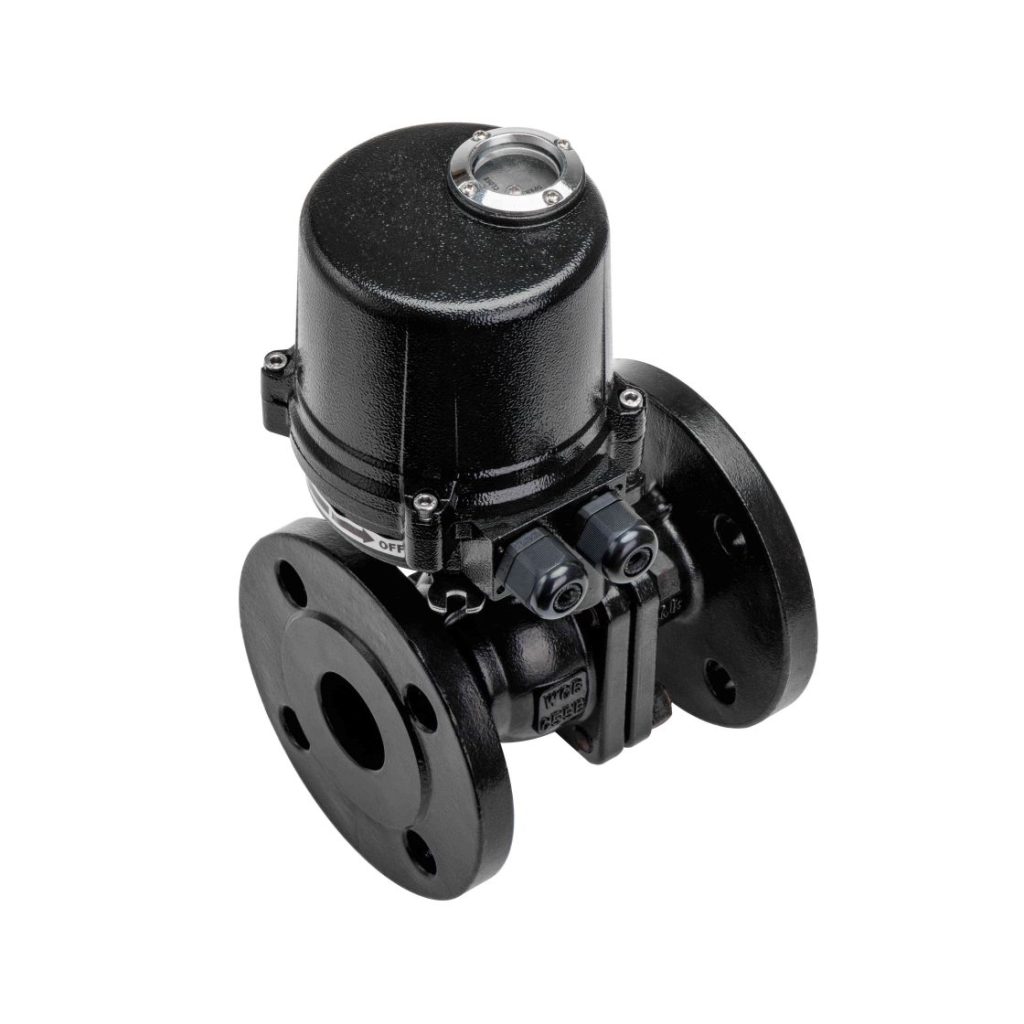Electric valves are integral components in modern industrial systems, offering precision, automation, and reliability across various sectors such as manufacturing, energy, chemical processing, and water treatment. These valves operate based on electric actuators that control the flow of liquids, gases, and steam in pipelines, ensuring processes run smoothly with minimal human intervention. This article explores the working principles, applications, advantages, and future trends related to electric valves.

What is an Electric Valve?

An electric valve is a type of valve that uses an electric actuator to control its operation. The actuator is powered by an electric motor, which is typically linked to the valve through a mechanical or electrical connection. The actuator receives an electrical signal that tells it how to adjust the valve — whether to open, close, or modulate the flow rate. Unlike manual valves, which require human intervention, electric valves provide automated control, reducing the need for constant monitoring and manual operation. Working Principles of Electric Valves Electric valves are controlled by electric actuators that convert electrical energy into mechanical movement. These actuators are typically designed to rotate or push the valve mechanism, such as a ball, butterfly, or gate, in the desired direction. The actuator is connected to a power supply and receives control signals, which can vary based on the type of control system in use (e.g., on/off, modulating, or proportional control).
